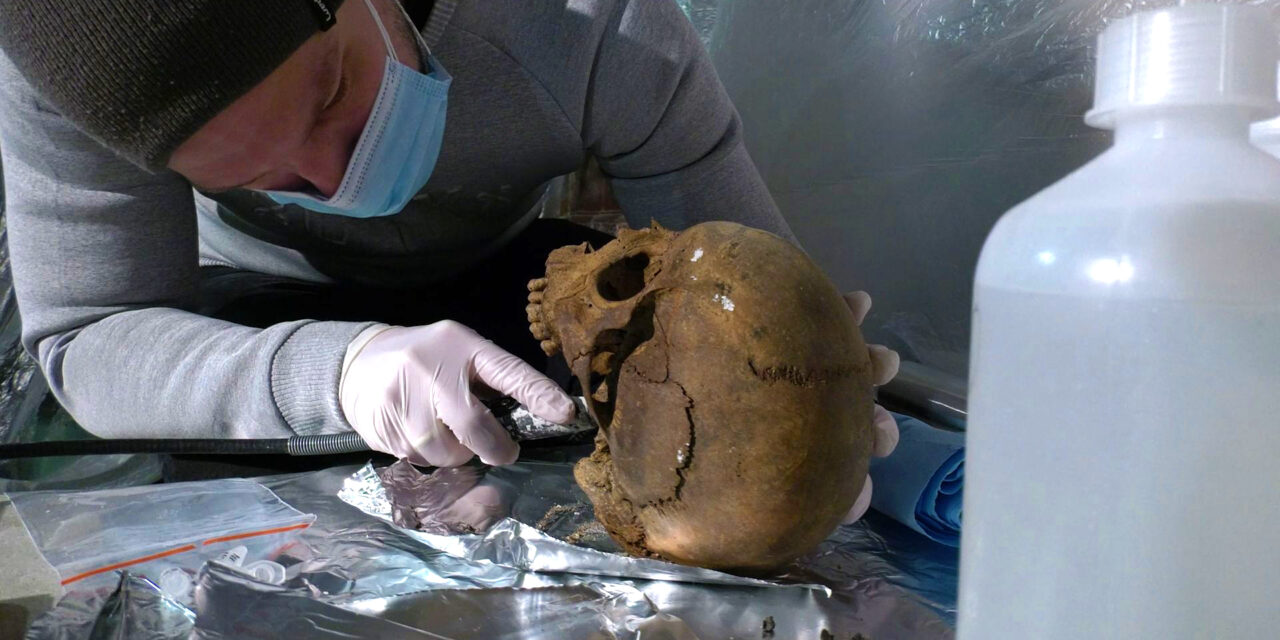The genome of the Hunyadi people was discovered, there is no trace of Romanian origin!
Since its foundation, the Institute of Hungarian Studies has been dealing with the examination of the remains of Hungarian rulers. While previously the genes of the Árpád kings were examined, the newly announced studies have clarified the origin of the Hunyas once and for all. According to the data also published on Facebook, one thing is quite certain: Mátyás Hunyadi - contrary to the statement on the statue in Cluj-Napoca - was definitely not a Romanian king.
Led by Miklós Kásler, Endre Neparáczi's work group determined the complete genome sequences of both Hunyadi descendants using next-generation sequencing. Both belong to a haplogroup that shows a wide Eurasian distribution.
The father-son genetic relationship was confirmed by classic STR methods and whole genome data.
All genome analyzes pointed out that the Corvins have an ancient European genome composition, i.e. they showed the highest genetic similarity with European Neolithic samples (which peoples can also be traced back to the Carpathian Basin) and ancient Hungarian Neolithic and Copper Age samples, such as from the Kőrös culture (Kr 6000-5500 B.C.), from the Alföld Linear Ceramic Culture (5500-5000 B.C.), from the Transdanubian Polish culture (5000-4400 B.C.) or from the Bodrogkeresztúr culture (4000-3600 B.C. ) samples from.
The wide Eurasian distribution of the identified haplogroup is supported by the two closest archaic samples currently described: one from medieval Sardinia (Marcus et al. 2020) and a sample belonging to the Otrar-Karatau culture from the Iron Age Kazakh steppe (Gnecchi-Ruscone et al. 2021).
The samples belonging to the same main group from the area of the Carpathian Basin are the following: an Avar sample (AD 650-675), an elite conquest sample (AD 895-950) (Neparáczki et al. 2019) and model of a medieval Hungarian nobleman (Nagy et al. 2021, Olasz et al. 2019).
Kristóf Corvin belongs to a rare, sporadically occurring haplogroup, which is the most common in the Mediterranean.
His father, on the other hand, belongs to a group that is spread throughout Eurasia. The genetic origins of both maternal lines are compatible with the mothers' origins known from historical data.
"The main result of the research is that we have successfully genetically identified the last two male descendants of the Hunyadis. Thus, based on the data described in the publication, the remains of the ancestors of the Hunyadi House, such as Mátyás Hunyadi, became identifiable with archaeogenetic tests," stated the Hungarian Research Institute.












